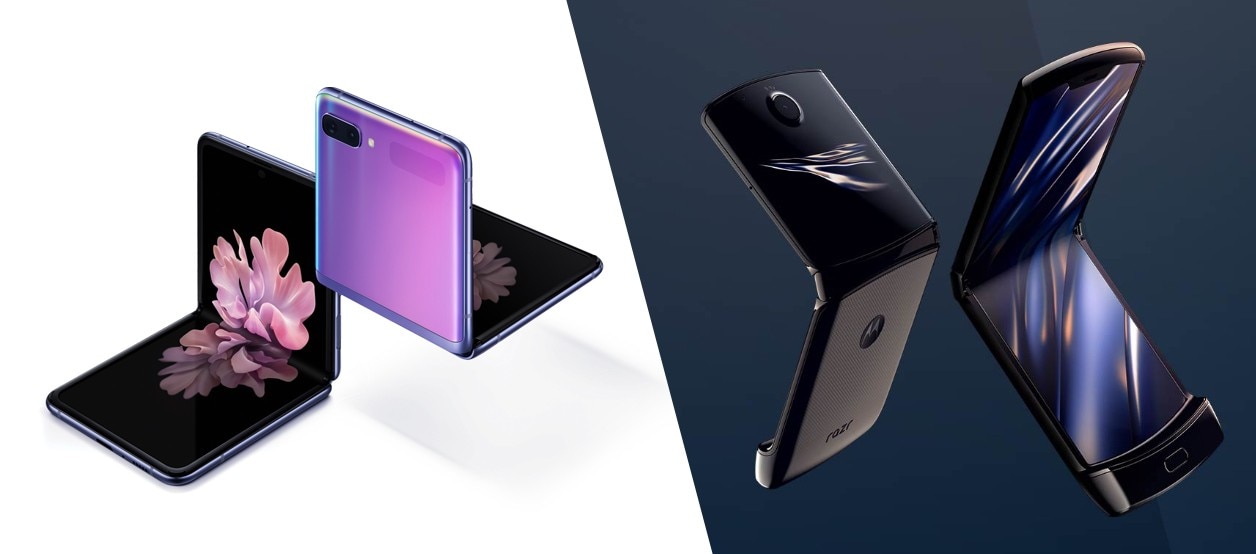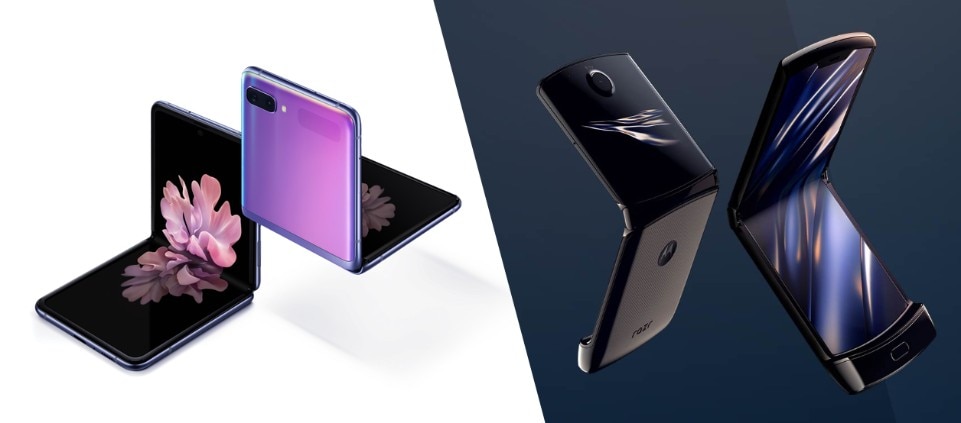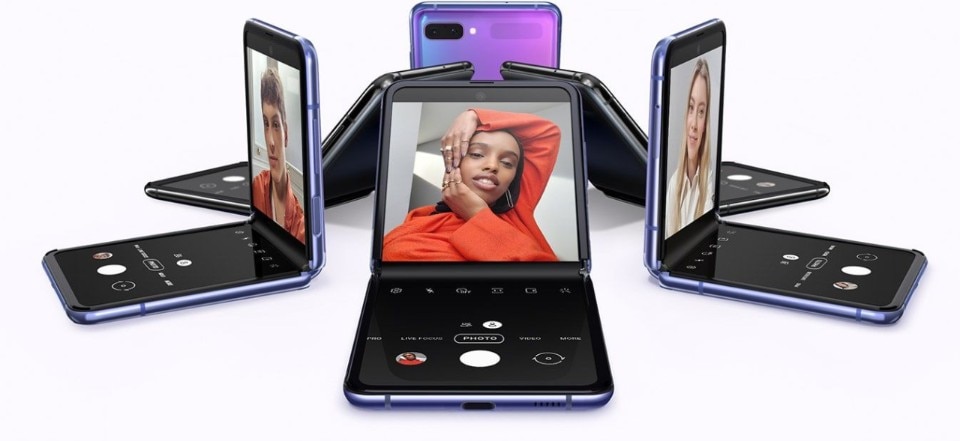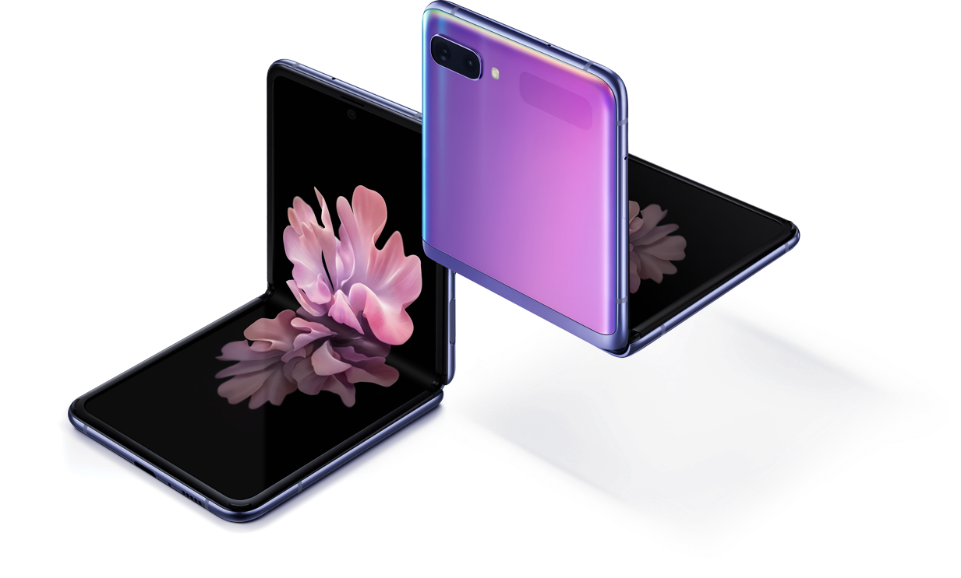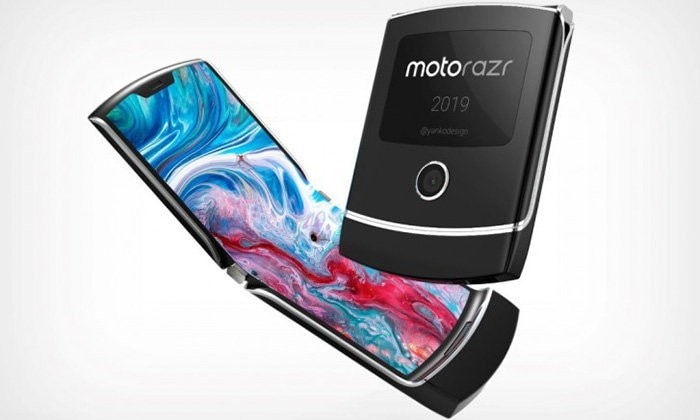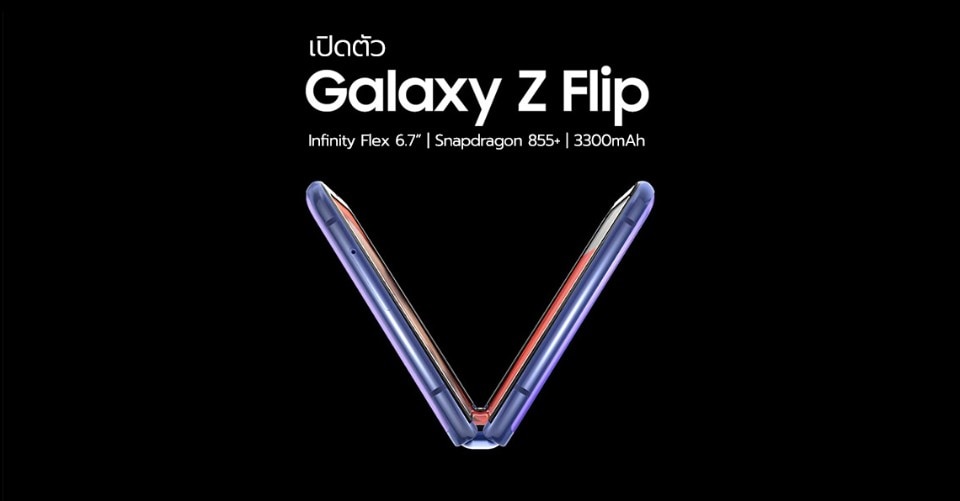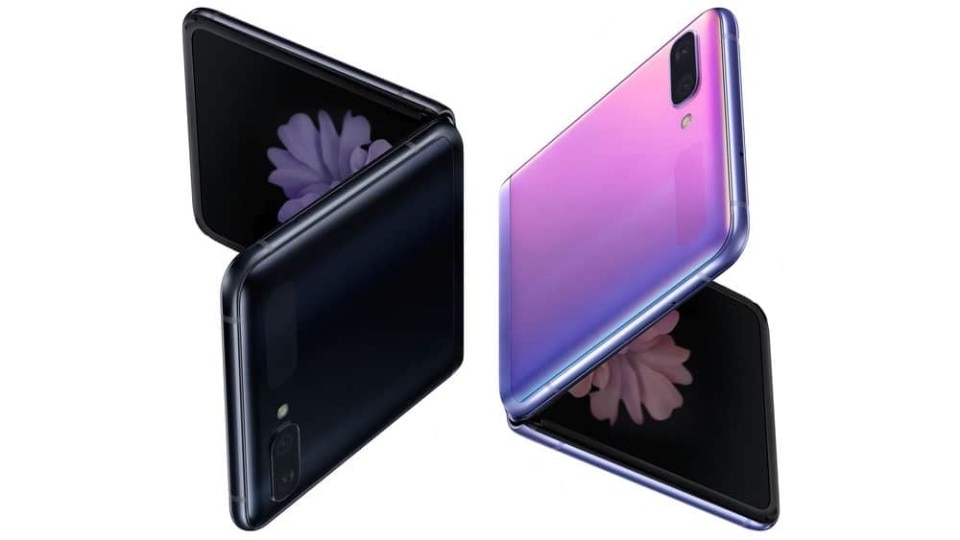Almost one year ago, Samsung and Huawei seemed to be the only two contestants in the race to foldable phones. Now the race has shifted: Motorola entered the fray with its new Razr, while Samsung has archived the not-so-successful Galaxy Fold experience and followed suit with the Galaxy Z Flip.
Both phones represent a new take on the concept of smartphones, flipping the traditional design in two (pun intended). Motorola choose to shape the Razr as a tribute to its namesake feature phone of yore, one of the most successful mobile phones ever; Samsung created a novel design, that escapes nostalgia and offers a new take on foldable screens.
Despite sharing the same fundamental concept of a phone that unfolds from a compact size to reveal a full-fledged smartphone, the Motorola Razr and the Galaxy Z Flip pack a few noticeable differences. The Razr sports a useful external display that’s bigger and does a better job at letting you properly use the phone when folded, thus limiting the amount of times you’ll have to strain the hinge. On the other hand, the Z Flip has better specs, with twice the storage, more RAM, a better Snapdragon processor and a bigger screen. Samsung’s device also make better use of screen real estate, so that when unfolded the phone genuinely looks like a regular Galaxy smarpthone. The Razr, instead, has a bottom plastic chin and doesn’t fold perfectly in half. Last but not least, the Galaxy Z Flip has a larger 2-part battery and is 120$ cheaper than the Motorola competitor (both phones are still quite expensive, though, considering the specs).
Despite these differences, both the Razr and the Z Flip share the same goal: breathing fresh air into a stagnating Android market that’s been monopolized by increasingly boring designs that all look quite the same. Still a few questions remain: is this really the solution the market was looking for? Are the users ready to pay for such devices? And finally, will Samsung and Motorola be able to convince developers to optimize their apps in order to take advantage of the new possibilities offered by the foldable interfaces?
The answer to the last question is simply no, unless these kind of phones would gain enough momentum and the companies will offer the right incentives to developers. This hasn’t really been the case with the foldables we’ve seen so far.
Regarding the market’s response, only time will tell, but paint us skeptic: both devices are still pretty much experiments that will make the geeks drool, and let the average user unfazed (after maybe a brief wow moment that the price-tags will contribute to quickly cool off). The momentum for foldable screens to become predominant is not there yet, and, frankly, it might never be unless companies will be able to properly iron out all the remaining kinks (such as the subpar quality of the plastic screens). The impression, in the end, is that these are both “because-we-can” kind of products, brought into the world more as a show-off of technological prowess, than as actual solutions to smartphone users’ existing pain points.
- Brand:
- Samsung - Motorola
- Year:
- 2020


